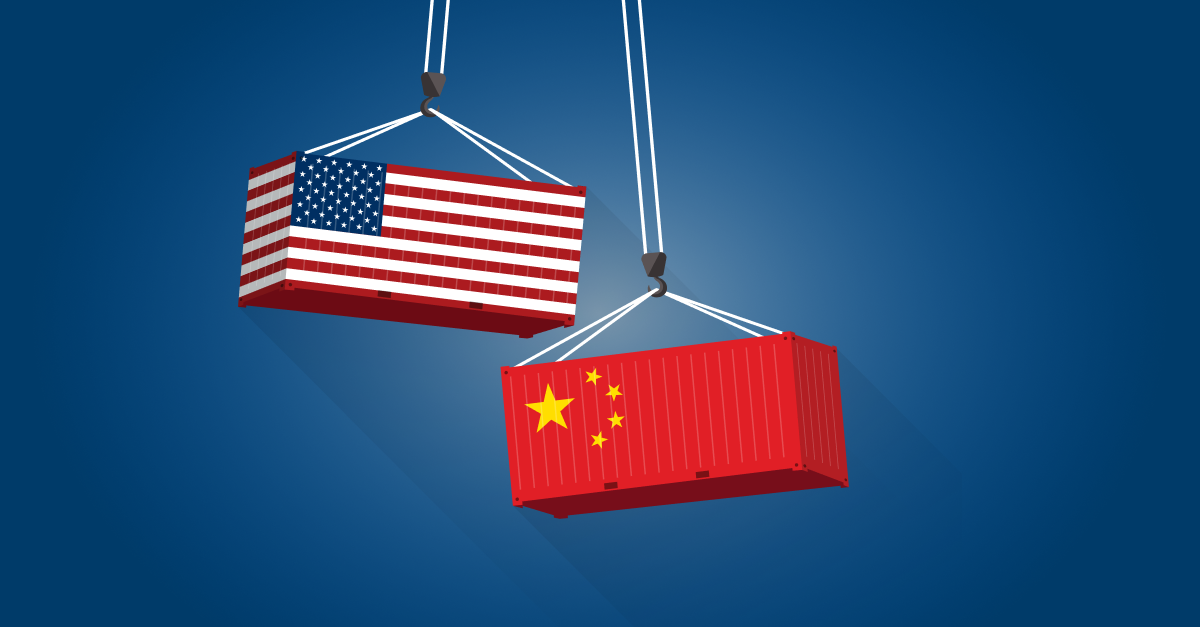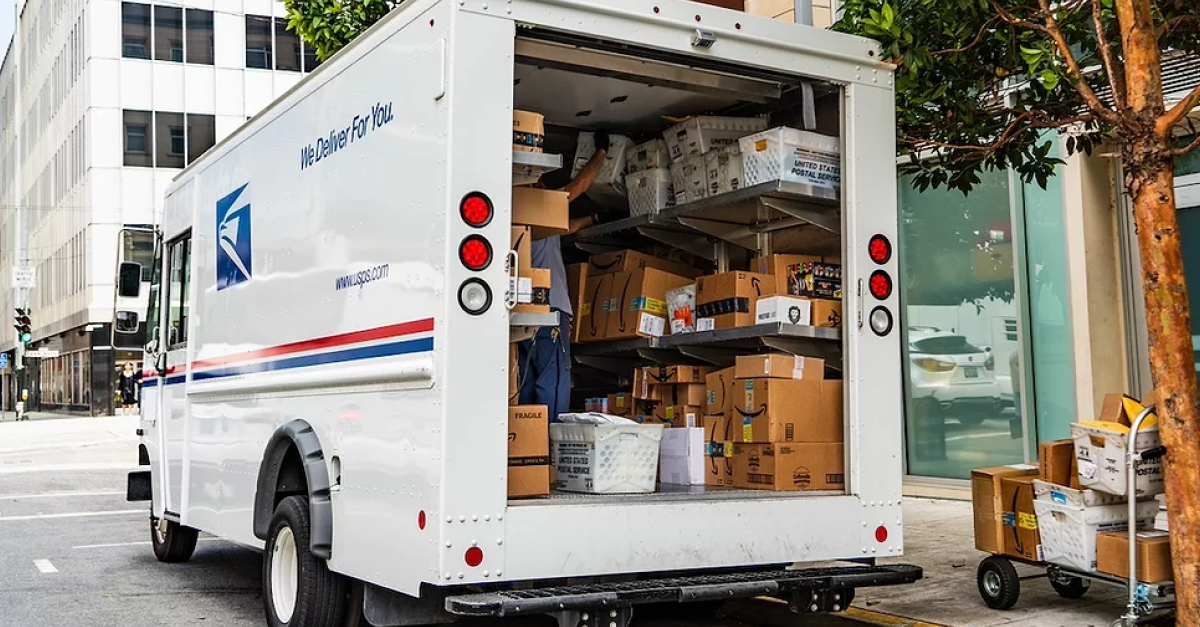When the Loophole Closes: How the End of De Minimis Might Radically Disrupt Parcel Shipping

The U.S. is officially closing the de minimis loophole—a long-standing exemption allowing shipments under $800 to enter the country tariff-free. While this move is aimed squarely at Chinese e-commerce giants Shein and Temu, the effects will extend far beyond fast fashion. For shippers in the small parcel space, the implications are real: changes in volume, pricing, carrier strategy, and fulfillment speed are all in play.
Like Hannah Testani said in a recent LinkedIn post:
“The elimination of the de minimis tariff exemption could prove to be the most significant disruption to the parcel market since the onset of COVID. Shein and Temu, two of the largest customers for USPS and other U.S. parcel carriers may be able to absorb some of the added cost due to their margins, but they will ultimately need to raise prices across their product lines. Consumers will purchase less products, driving down parcel volumes across the network, creating excess capacity. As I’ve preached before, pricing is fundamentally driven by supply and demand. If demand continues to decline, prices will follow, putting increased pressure on smaller carriers and potentially pushing many more out of the market.”
Let’s dig into this a little deeper...
Shein and Temu: From Growth Engines to Tariff Targets
Shein and Temu have become two of the largest shippers in the world, rivaled only by Amazon in daily parcel volume. Their model? Ultra-cheap products shipped directly to consumers, riding the de minimis exemption to bypass tariffs. But starting August 29, that advantage disappears—and with it, their ability to ship low-margin items at scale without added costs. That shakeup will send shockwaves through the carrier networks that depend on their volume.
Carrier Impact: USPS, UPS, and a Looming Volume Shift
The U.S. Postal Service has long relied on de minimis shipments as a revenue lifeline, while private carriers like UPS have scaled to handle this specific parcel profile. With millions of packages potentially dropping from the system, carriers will need to adjust quickly—rethinking international agreements, cost models, and resource allocation. Shippers dependent on stable parcel rates and delivery windows may soon see volatility where there was once predictability.
What Small-Parcel Shippers Should Watch For
If you ship low-weight, high-frequency parcels—especially across borders—this policy shift could change your cost structure and delivery times. Prepare for:
- Tariff exposure: Depending on your fulfillment model, you may now face duties where you didn’t before.
- Carrier reprioritization: As USPS and UPS rebalance their networks, capacity and cost changes may follow.
- Fulfillment strategy shifts: What once made sense for DTC shipping may now require hybrid or regionalized approaches.
Stay Ahead of the Disruption
The de minimis change is just one piece of a rapidly evolving shipping puzzle. To help you make sense of it all, join us for our upcoming webinar:
Essential Insights for Shippers with Bart De Muynck – Q3 2025
August 19, 2025
2:00 PM ET
Register Now



